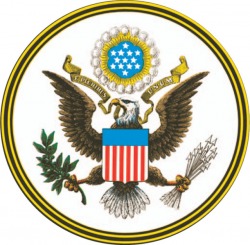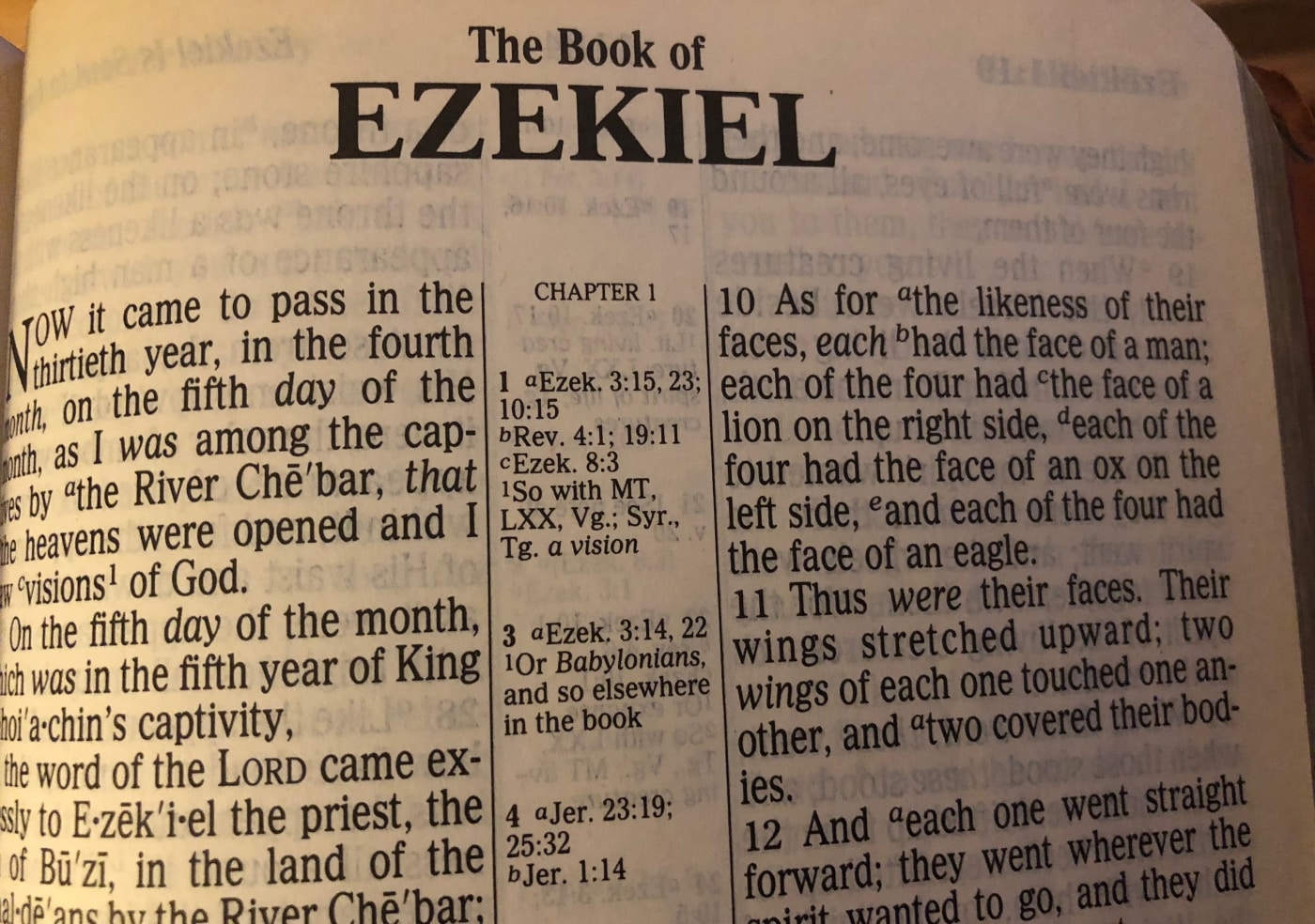
Gene Cunningham - September 25, 2003
Ezekiel #16

Outline of Ezekiel Chapter 17: (1) Revelation - "the great eagle" (Eze 17:1-10); (2) Interpretation (Eze 17:11-21); (3) Application (Eze17:22-24). The "eagle with colored feathers" refers to Nebuchadnezzar and Babylon (Eze 17:3). "Lebanon" is a figure for the royal house of Israel - the cedars of Lebanon were used in constructing the palace and temple (1Ki 7:2, Jer 22:23). The "topmost young twig" refers to Jehoahchin Eze 17:4 (also "Coniah" - God pronounced a blood curse on Him). They went without a King for many years (Hos 3:4, Joh 19:15, Mat 23:39). Matthew carries the lineage of Joseph; Luke has the lineage of Mary; these show the solution to the Coniah curse. Zedekiah was Babylon's puppet King of Israel "planted in a fruitful field" (Eze 17:5-6). The other eagle is the Pharaoh of Egypt (Eze 17:7).
Scripture References: Ezekiel 17:4, Jeremiah 22:23, Ezekiel 17:7, Ezekiel 17:3, Ezekiel 17:5-6, Ezekiel 17:22-24, Matthew 23:39, Ezekiel 17:11-21, John 19:15, Ezekiel 17:1-10, Hosea 3:4
From Series: "Ezekiel - 2002"
Ezekiel's vision of God's glory effected his life.

